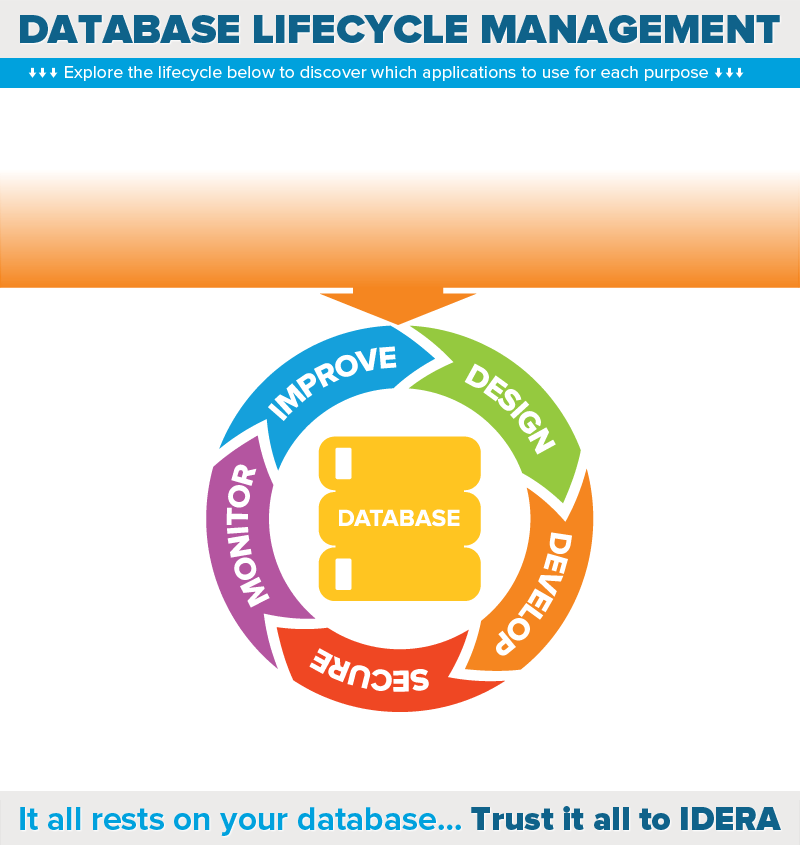Topics: Database Monitoring, Database Diagnostics, Database Performance, Database Compliance, Database Security
Products: SQL Compliance Manager, SQL Diagnostic Manager for SQL Server
How to ensure data reliability, accessibility, and protection by monitoring SQL Server
Database security and compliance requirements are becoming increasingly strict. That requires database administrators to augment their performance monitoring with compliance auditing.
SQL Diagnostic Manager
Deliverables
- Monitors performance of SQL Server
- Determines when SQL Server is running out of space and queries are slowing down
- Generates reports for capacity planning and trend analysis
- Provides significant information on queries that are running
Methods
- Balances real-time and historical data
- Takes samples of SQL Server’s behavior and stores it in its repository
- Provides multiple ways of visualizing repository data
- Maintains excellent performance in a production environment
SQL Compliance Manager
Deliverables
- Audits who did what in SQL Server, how they did it, and when they did it
- Provides remarkable details of user activity
- Audits requirements of external and internal regulations
Methods
- Can track every change in SQL Server
- Creates tamper-proof auditing for actions of staff
- Collects auditing data on central server
- Offers three levels of data collection
Similarities
- Both monitor and collect data
- Both work in harmony to reduce time spend on routine monitoring tasks
- Both enforce data retention policies
Differences
- They collect data with different methods and for different reasons
- Their retention periods are different
- Keep performance data for up to 1 year, and forecasting data for up to 3 years
- Keep compliance data for 7 to 10 years
Summary
- SQL Diagnostic Manager provides a broad holistic view of SQL Server activity that is primarily oriented towards performance monitoring.
- SQL Compliance Manager provides much sharper focus on specific database actions, most often to show regulatory compliance.
- Combination of these capabilities is essential for organizations, especially those in tightly regulated sectors like finance and healthcare.

